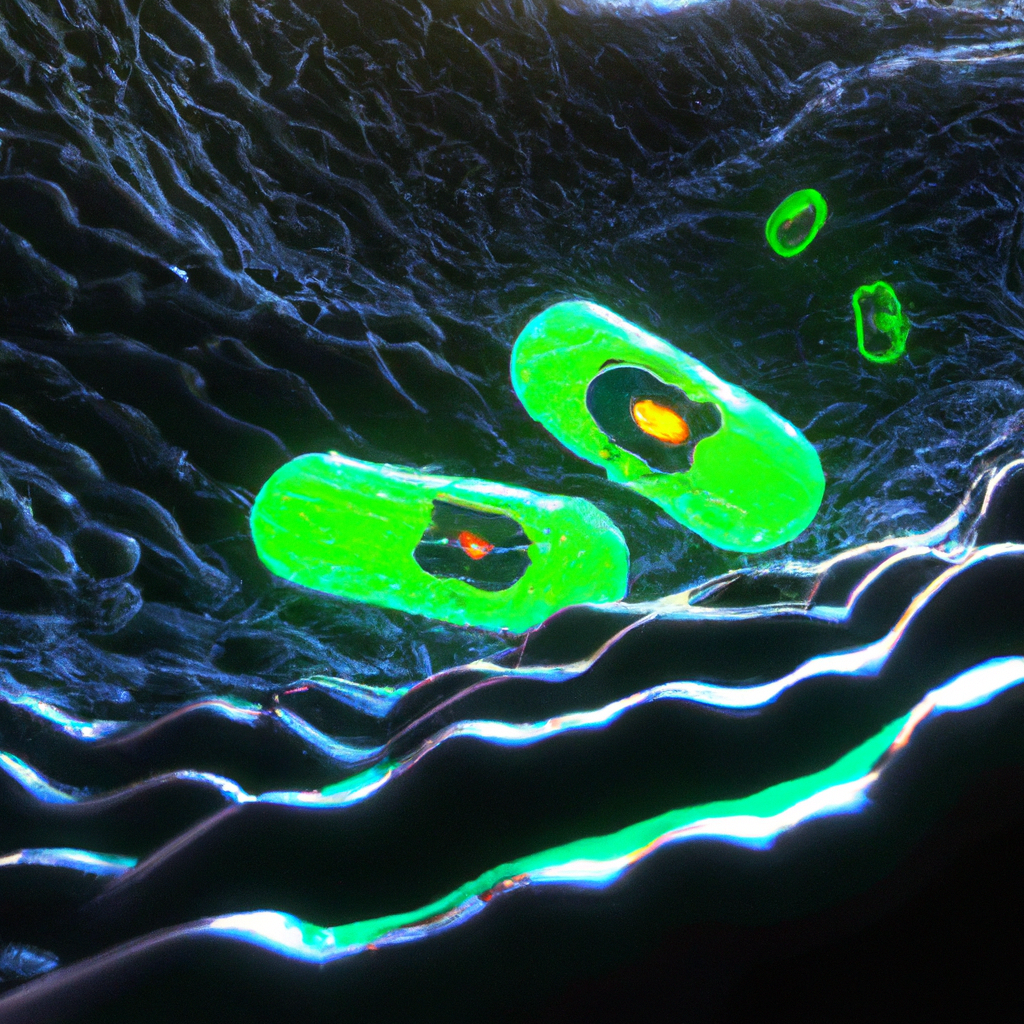-
Reading Roadmap
- Donislecel: Groundbreaking Cellular Therapy for Brittle Type 1 Diabetes Patients
- Key Takeaways
- Introduction: A New Hope for Brittle Type 1 Diabetes Patients
- The Science Behind Donislecel
- Challenges and Limitations
- Future Prospects
- FAQ Section
- What is Donislecel?
- How does Donislecel work?
- What are the benefits of Donislecel?
- What are the challenges of Donislecel?
- What is the future of Donislecel?
- Conclusion: The Promise of Donislecel
- Further Analysis
- Key Takeaways Revisited
Donislecel: Groundbreaking Cellular Therapy for Brittle Type 1 Diabetes Patients

[youtubomatic_search]
Key Takeaways
- Donislecel is a groundbreaking cellular therapy for brittle type 1 diabetes patients.
- The therapy involves the transplantation of pancreatic islet cells.
- Donislecel has shown promising results in clinical trials, significantly improving the quality of life for patients.
- Despite its potential, the therapy is not yet widely available and is currently only offered in a few specialized centers.
- Further research and development are needed to make this therapy more accessible and affordable.
Introduction: A New Hope for Brittle Type 1 Diabetes Patients
Brittle type 1 diabetes is a severe form of diabetes characterized by unpredictable and frequent changes in blood sugar levels. This condition can be life-threatening and significantly affects the quality of life of patients. However, a new cellular therapy known as Donislecel offers a ray of hope for these patients. This groundbreaking therapy involves the transplantation of pancreatic islet cells, which are responsible for producing insulin, the hormone that regulates blood sugar levels.
The Science Behind Donislecel
Donislecel is a type of allogeneic pancreatic islet cell therapy. The therapy involves isolating islet cells from the pancreas of a deceased donor and then transplanting these cells into the liver of a patient with brittle type 1 diabetes. Once transplanted, these cells start producing insulin, thereby helping to regulate blood sugar levels.
According to a study published in the Journal of the American Medical Association (JAMA), patients who received this therapy showed significant improvements in their blood sugar control and quality of life. The study also reported that the therapy reduced the frequency of severe hypoglycemic episodes, which are potentially life-threatening drops in blood sugar levels.
Challenges and Limitations
Despite its potential, Donislecel therapy is not without its challenges. One of the main challenges is the limited availability of donor islet cells. According to the American Diabetes Association, there are currently only a few centers in the United States that offer this therapy.
Another challenge is the cost of the therapy. The procedure is expensive and is not covered by all insurance companies. Furthermore, patients who undergo this therapy need to take immunosuppressive drugs for the rest of their lives to prevent their body from rejecting the transplanted cells. These drugs can have side effects and can also be costly.
Future Prospects
Despite these challenges, the future of Donislecel therapy looks promising. Researchers are exploring ways to overcome the limitations of this therapy. For instance, scientists are working on developing methods to grow islet cells in the lab, which could potentially solve the problem of donor shortage.
Moreover, efforts are being made to make this therapy more affordable. For instance, the National Institutes of Health (NIH) is funding research to develop more cost-effective methods of isolating and transplanting islet cells.
FAQ Section
What is Donislecel?
Donislecel is a type of cellular therapy for brittle type 1 diabetes patients. It involves the transplantation of pancreatic islet cells from a deceased donor into the patient’s liver.
How does Donislecel work?
Once transplanted, the islet cells start producing insulin, which helps to regulate blood sugar levels.
What are the benefits of Donislecel?
Donislecel has shown promising results in clinical trials, significantly improving blood sugar control and quality of life for patients.
What are the challenges of Donislecel?
The main challenges are the limited availability of donor islet cells and the high cost of the therapy.
What is the future of Donislecel?
Researchers are working on overcoming the limitations of Donislecel, such as developing methods to grow islet cells in the lab and making the therapy more affordable.
Conclusion: The Promise of Donislecel
Donislecel represents a significant breakthrough in the treatment of brittle type 1 diabetes. This cellular therapy has the potential to significantly improve the quality of life for patients suffering from this severe form of diabetes. However, further research and development are needed to overcome the challenges associated with this therapy and make it more accessible and affordable.
[youtubomatic_search]
Further Analysis
While Donislecel is not yet widely available, its potential benefits make it a promising therapy for brittle type 1 diabetes patients. As research progresses and the therapy becomes more accessible and affordable, it could revolutionize the treatment of this severe form of diabetes.
Key Takeaways Revisited
- Donislecel is a groundbreaking cellular therapy for brittle type 1 diabetes patients.
- The therapy involves the transplantation of pancreatic islet cells.
- Donislecel has shown promising results in clinical trials, significantly improving the quality of life for patients.
- Despite its potential, the therapy is not yet widely available and is currently only offered in a few specialized centers.
- Further research and development are needed to make this therapy more accessible and affordable.







